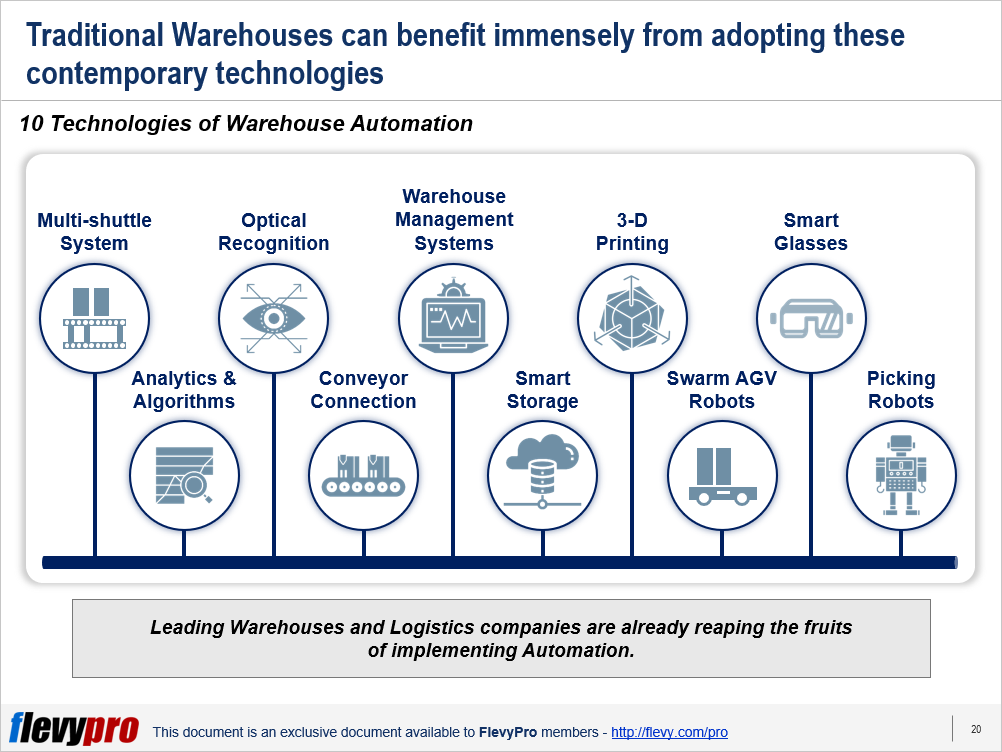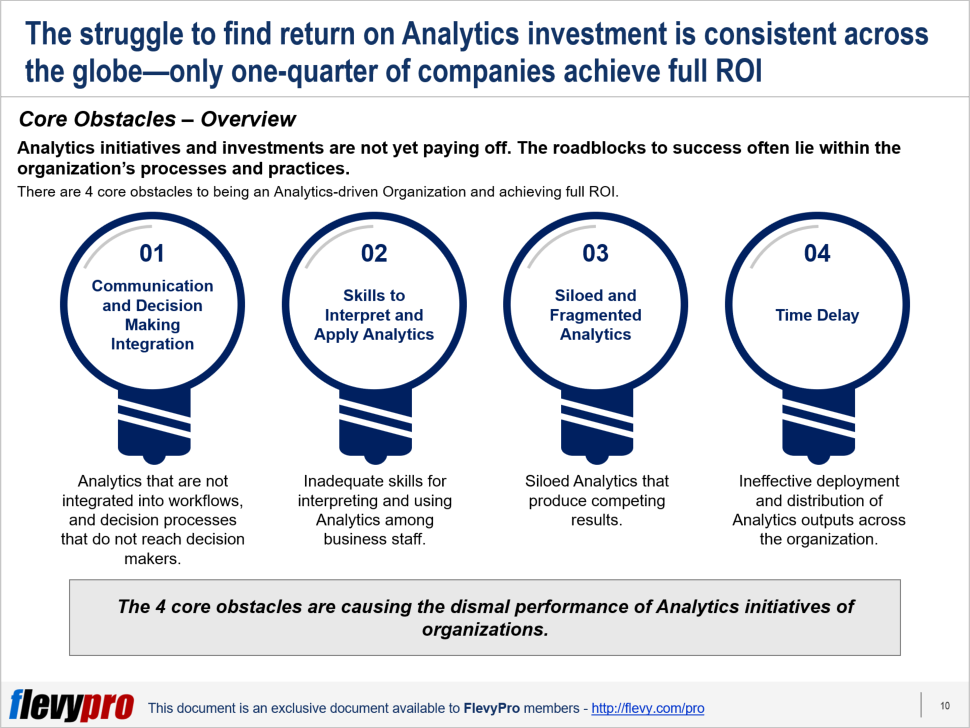11 Pillars: Quality 4.0 Framework
17 Feb


The introduction of emerging, digital technologies has ushered in the Fourth Industrial Revolution. To keep the competitive advantage in this era of Digital Transformation, leveraging contemporary technology is an absolute necessity. Using cutting-edge technology means not just augmenting, but in fact, revamping the whole Quality outlook.
Quality 4.0 is the complimentary Quality approach to the Industry 4.0 era. Quality 4.0 is about transforming and improving Organizational Culture, collaboration, competency, and Leadership Development among other things through the application of technology.
Quality 4.0 is characterized by:
- Transforming and improving culture, collaboration, competency, and leadership through the application of technology.
- Digital Transformation of Management Systems and compliance.
- Enabling technology and processes necessary to maximize value, resolve customary Quality impediments, and provide innovative solutions.
Quality 4.0 is not just about Digitalization, but more importantly about the impact of that Digitalization on Quality technology, processes, and people.
Companies can use the 11 pillars of Quality 4.0 Framework to identify how the existing capabilities and initiatives can be transformed and then educate, plan, and act accordingly. The framework uses the traditional Quality methods to build upon and improve them. The 11 pillars of Quality 4.0 include:
- Data
- Analytics
- Connectivity
- Collaboration
- App Development
- Scalability
- Management Systems
- Compliance
- Culture
- Leadership
- Competency
The majority of the companies are still not in a position to take leverage of Quality 4.0. This warrants making investments in improving traditional Quality and bringing themselves in a position where they can spring up to use Quality 4.0 to prepare for the future.
There are strong interrelationships between the pillars of Quality 4.0, and adding new capabilities to certain pillars facilitates new applications on other pillars. Let us delve a little deeper into a few of these pillars.
1. Data and 2. Analytics
Data and Analytics form the first 2 pillars. Data is key to informed decision making. Most companies are still using fragmented data while the innovating market leaders have progressed to taking leverage of Big Data. Data can be better understood by understanding its 5 components: Volume, Variety, Velocity, Veracity, and Transparency.
Analytics help reveal the insights contained within raw data. Correct metrics are key to uncovering correlations and patterns—meaningful information. Big Data Analytics using Machine Learning and Artificial Intelligence is beneficial if the Analytics Framework—comprising Descriptive, Diagnostic, Predictive, and Prescriptive Analytics—is understood clearly.
3. Connectivity
Connectivity encompasses the link between Business Information Technology—e.g., Enterprise Quality Management Systems (EQMS), Product Life-cycle Management (PLM), Enterprise Resource Planning—and Operational Technology that is used in Manufacturing, Labs, and Services. Connectivity is achieved through abundant and inexpensive sensors providing real-time feedback from Connected People, products, edge devices, and processes.
4. Scalability
Scalability creates uniformity in Quality. It is the ability to harmonize processes, best practices, competencies, and lessons learnt across the organization, be it global. Cloud Computing has played a pivotal role in harnessing scalability by providing Software as a Service (SaaS), Infrastructure as a Service (IaaS), Platform as a Solution (PaaS), and connection of databases.
The reality of the future is Quality 4.0. It is being adopted very swiftly. Those who remain unfamiliar with it or are slow to adopt run the risk of being marginalized very quickly.
Interested in learning more about Quality 4.0? You can download an editable PowerPoint on Quality 4.0 here on the Flevy documents marketplace.
Do You Find Value in This Framework?
You can download in-depth presentations on this and hundreds of similar business frameworks from the FlevyPro Library. FlevyPro is trusted and utilized by 1000s of management consultants and corporate executives. Here’s what some have to say:
“My FlevyPro subscription provides me with the most popular frameworks and decks in demand in today’s market. They not only augment my existing consulting and coaching offerings and delivery, but also keep me abreast of the latest trends, inspire new products and service offerings for my practice, and educate me in a fraction of the time and money of other solutions. I strongly recommend FlevyPro to any consultant serious about success.”
– Bill Branson, Founder at Strategic Business Architects
“As a niche strategic consulting firm, Flevy and FlevyPro frameworks and documents are an on-going reference to help us structure our findings and recommendations to our clients as well as improve their clarity, strength, and visual power. For us, it is an invaluable resource to increase our impact and value.”
– David Coloma, Consulting Area Manager at Cynertia Consulting
“FlevyPro has been a brilliant resource for me, as an independent growth consultant, to access a vast knowledge bank of presentations to support my work with clients. In terms of RoI, the value I received from the very first presentation I downloaded paid for my subscription many times over! The quality of the decks available allows me to punch way above my weight – it’s like having the resources of a Big 4 consultancy at your fingertips at a microscopic fraction of the overhead.”
– Roderick Cameron, Founding Partner at SGFE Ltd
























